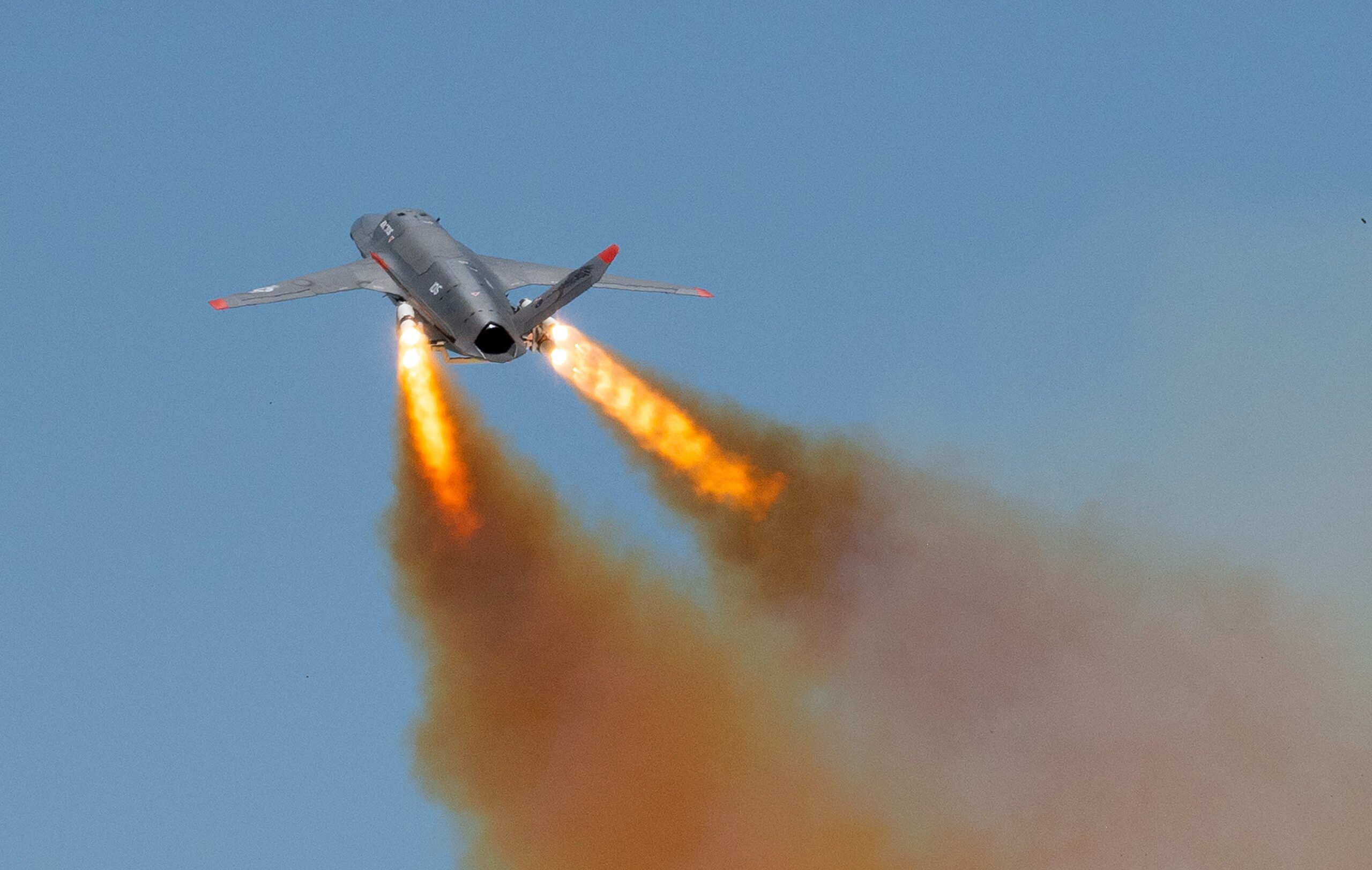By Colton Jones
Copyright defence-blog

Pratt & Whitney announced the development of a new family of propulsion systems designed to power both Collaborative Combat Aircraft (CCA) and advanced munitions. The engines, ranging from 500 to 1,800 pounds of thrust, are intended to combine adaptability, affordability, and speed of delivery as the U.S. military and its allies expand investment in next-generation air dominance. The company said the program is being led by its GATORWORKS team, a unit focused on rapid development cycles. Jill Albertelli, president of Pratt & Whitney’s Military Engines business, emphasized the importance of speed and cost in the program’s design philosophy. “This new family of engines is being developed by our GATORWORKS team, which prioritized development speed and affordability,” Albertelli said. “The scalability of the architecture, the commonality across models, and the use of additive manufacturing will allow us to significantly reduce development and production timelines as we look at existing and future applications with customers.” According to Pratt & Whitney, the new engines are designed with a modular and scalable architecture, enabling a single base design to support a wide spectrum of platforms. By leveraging additive manufacturing, the company expects to simplify production and lower costs, while maintaining compatibility with emerging mission requirements. The engines will support unmanned aircraft operations, where endurance, survivability, and adaptability are central to mission effectiveness. They are expected to also provide propulsion for stand-off weapons and precision-guided systems, where reliability and compact performance remain critical. Pratt & Whitney highlighted that these propulsion systems are being engineered to meet both current needs and anticipated requirements under CCA programs. The U.S. Air Force has placed collaborative combat aircraft at the center of its next-generation strategy, pairing autonomous platforms with manned fighters such as the F-35 and future Next Generation Air Dominance systems. The company confirmed that a second round of engine testing is scheduled for early 2026. These trials are expected to validate performance benchmarks, materials, and integration features central to the program. Pratt & Whitney also noted that the engines will be available for both domestic and international customers. With multiple allied air forces looking to expand long-range strike and unmanned capabilities, the program is positioned to provide a common propulsion solution across a wide user base.



